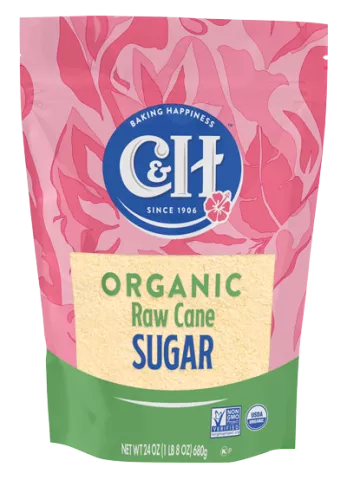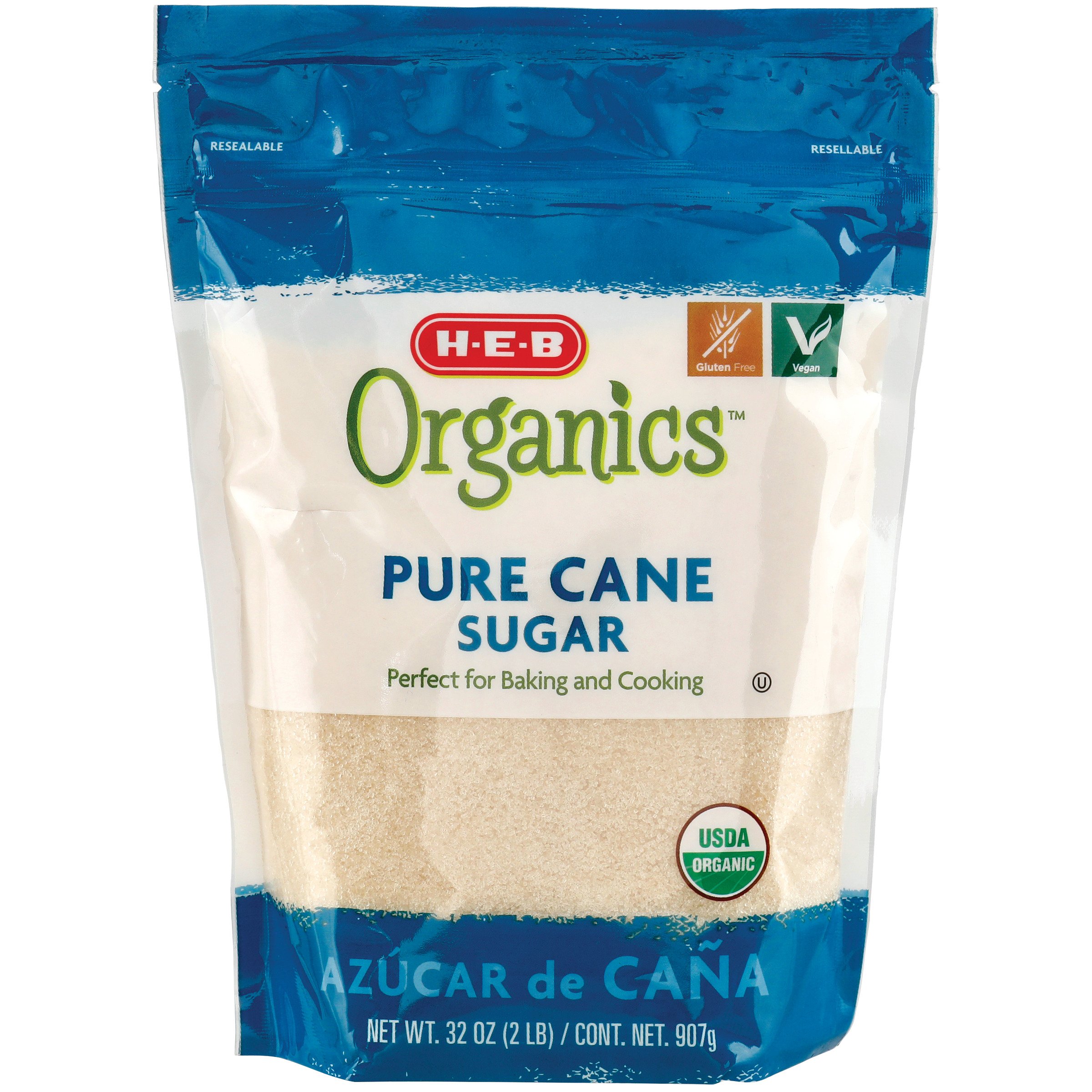An Extensive Guide to the Ecological Influence and Sustainability Practices in Cane Sugar Processing
The environmental effect of cane sugar processing presents an intricate variety of difficulties that warrant cautious evaluation. From soil destruction and too much water use to the carbon impact linked with cultivation and production, the repercussions of conventional methods are significant. What specific techniques can be implemented to strike a balance in between efficiency and environmental stewardship?
Overview of Walking Cane Sugar Handling
Walking stick sugar processing entails a collection of methodical steps that change sugarcane right into refined sugar. Initially, collected sugarcane is moved to refining facilities, where it undergoes cleansing to remove dirt and debris. Following this, the cane is squashed to draw out juice, which is then made clear by eliminating impurities through home heating and the addition of lime.
The clarified juice undergoes dissipation, where water is eliminated to concentrate the sugar web content. This focused syrup is after that crystallized through air conditioning, permitting sugar crystals to create. These crystals are divided from the continuing to be syrup utilizing centrifugation, leading to raw sugar. To achieve refined sugar, the raw product undertakes more filtration procedures, which might include filtering system and cleaning to eliminate staying pollutants and color.
The end product is after that dried out and packaged for distribution. Throughout this entire process, preserving effectiveness and quality assurance is vital to make sure the sugar meets sector requirements. Each action in walking stick sugar processing not only adds to the end product yet additionally has implications for resource use and waste generation, establishing the phase for conversations on sustainability and ecological influences connected with sugar production.
Environmental Challenges of Production
The production of walking stick sugar provides a number of substantial ecological difficulties that warrant interest. One main worry is the extensive use agrochemicals, consisting of plant foods and pesticides, which can cause dirt deterioration, biodiversity loss, and contamination of regional water sources. The runoff from sugarcane fields commonly lugs these chemicals into close-by ecological communities, disrupting marine life and influencing the health and wellness of neighborhoods reliant on these water bodies.
Another challenge is the high power intake connected with sugarcane handling. The boiling and refining stages require substantial warmth, mostly produced by burning fossil gas, adding to greenhouse gas emissions. Additionally, the large acreage required for sugarcane farming can cause deforestation and environment devastation, additional exacerbating environment modification and threatening wild animals.
Additionally, the labor practices in some areas raise moral worries, as workers might face inadequate working conditions and inadequate earnings. This situation usually continues a cycle of poverty in neighborhood communities. Cane Sugar Processing. Resolving these environmental obstacles is vital for developing a lot more sustainable techniques in cane sugar manufacturing, inevitably benefiting both the setting and the neighborhoods associated with this industry
Water and Land Usage Impact
Water resources and land application are vital parts in the cane sugar market that significantly affect the atmosphere. The cultivation of sugarcane needs significant water input, with quotes suggesting that it can eat up to 2,000 liters of water per kg of sugar generated. This intensive use of water frequently causes depletion of neighborhood water resources, affecting not only the sugarcane vineyards yet also surrounding ecological communities and communities that depend on the exact same water resources for agriculture and domestic use.

Additionally, land usage for sugarcane growing can lead to deforestation and the conversion of all-natural habitats into monoculture plantations. This method diminishes biodiversity, interrupts local environments, and contributes to soil deterioration. The growth of sugarcane areas typically encroaches on valuable agricultural land, producing competitors for resources between food and biofuel manufacturing.
Lasting techniques, such as optimizing irrigation strategies and implementing plant turning, are important to minimize these impacts. By embracing extra efficient water usage and land monitoring methods, the walking cane sugar industry can minimize its eco-friendly impact, making sure an equilibrium in between agricultural performance and environmental preservation.
Greenhouse Gas Emissions
Greenhouse gas discharges stand for a significant environmental worry within the walking cane sugar handling industry, particularly as agricultural methods expand to meet worldwide demand. The growing of sugarcane, a plant that prospers in exotic environments, counts greatly on artificial plant foods and chemicals, which add to nitrous oxide discharges. Furthermore, land-use modifications, including deforestation for new sugarcane vineyards, release carbon dioxide stored in vegetation and soil.
During handling, power usage is one more major resource of greenhouse gas exhausts - Cane Sugar Processing. Lots of sugar mills use nonrenewable fuel sources to power equipment and create heat, resulting in considerable carbon impacts. Moreover, the transportation of raw sugarcane and finished items includes layers of emissions through gas combustion in vehicles
This entails assessing existing farming practices, processing approaches, and transportation systems to recognize locations for renovation and mitigation. Dealing with greenhouse gas exhausts is important for cultivating a more sustainable walking stick sugar sector in a changing environment.

Lasting Practices and Innovations
Sustainable practices and technologies are progressively important in the walking cane sugar handling industry as stakeholders look for to decrease environmental influences while maintaining performance. One considerable advancement is the execution of integrated plant administration, which optimizes go to the website source use by integrating soil monitoring, insect control, and plant turning methods. This approach boosts yield while lessening chemical Continue inputs and preserving dirt health.
Additionally, the adoption of renewable resource sources, such as biomass from sugarcane deposits, has actually acquired grip - Cane Sugar Processing. By converting waste products right into energy, processing centers can reduce their dependence on nonrenewable fuel sources, thus decreasing greenhouse gas emissions
Water administration techniques have likewise seen renovations through the recycling and reusing of water in processing plants, dramatically reducing freshwater usage. Technologies in technology, such as precision agriculture, make it possible for farmers to monitor crop health and wellness and source use more efficiently, making sure lasting cultivation practices.
Additionally, qualification programs like Fair Trade and Rainforest Alliance motivate ecologically liable farming techniques and advertise social equity within the supply chain. By embracing these sustainable practices and developments, the walking stick sugar processing market can improve its strength and add favorably to ecological stewardship.
Verdict
The ecological influence of walking cane sugar handling offers considerable obstacles, consisting of dirt destruction, high water intake, and greenhouse gas exhausts, along with moral problems connected to labor techniques. Resolving these concerns via lasting techniques, such as incorporated crop administration, sustainable energy adoption, and water recycling, is vital. By promoting ecologically accountable and socially equitable approaches in sugar manufacturing, the market can More Help reduce its unfavorable effects, ensuring a more lasting future for both areas and environments included in this industry.
Walking stick sugar processing entails a collection of systematic actions that change sugarcane into polished sugar. Each action in walking stick sugar processing not just contributes to the last product but additionally has effects for resource use and waste generation, establishing the phase for conversations on sustainability and environmental impacts associated with sugar manufacturing.
Greenhouse gas discharges represent a significant ecological worry within the walking stick sugar processing sector, especially as agricultural techniques expand to fulfill worldwide demand.Lasting practices and advancements are increasingly essential in the walking stick sugar processing sector as stakeholders seek to minimize environmental influences while maintaining performance.The environmental effect of cane sugar handling offers considerable challenges, including dirt degradation, high water usage, and greenhouse gas emissions, along with honest concerns connected to labor practices.